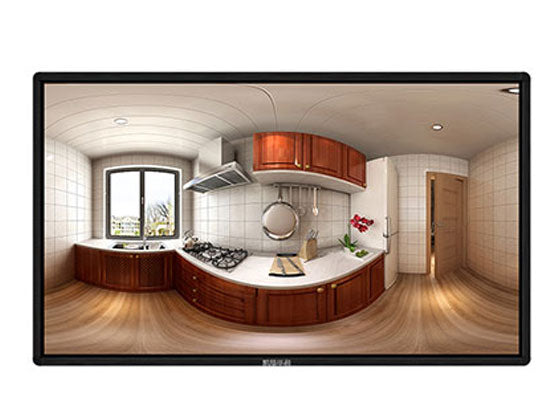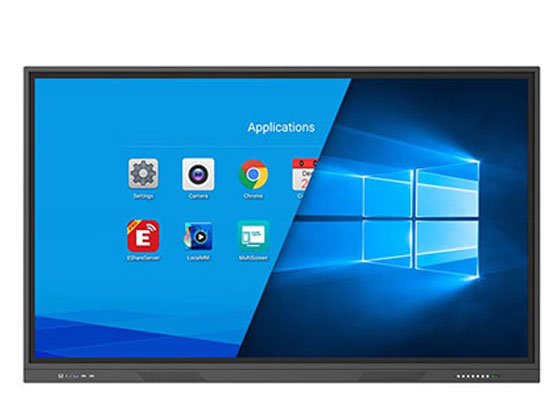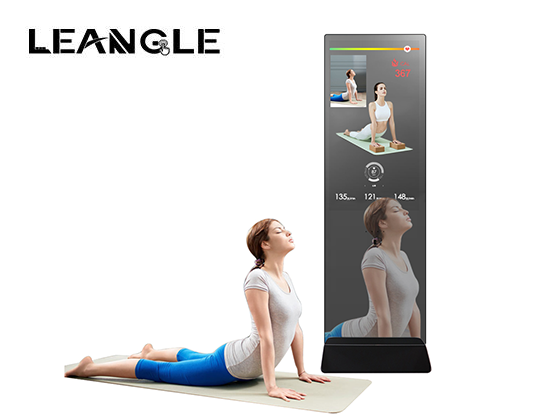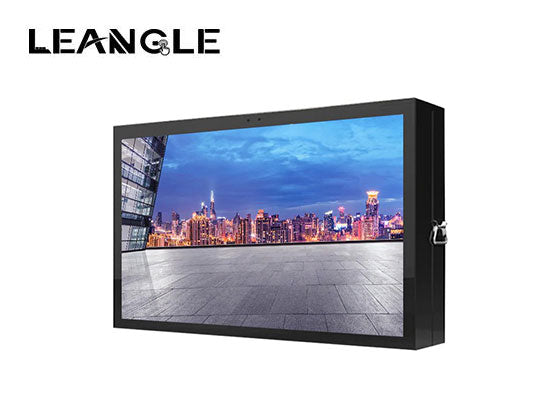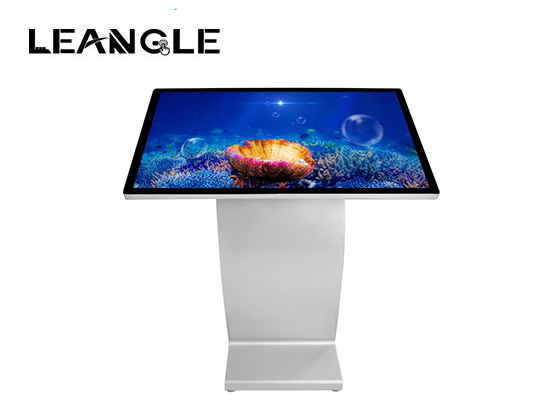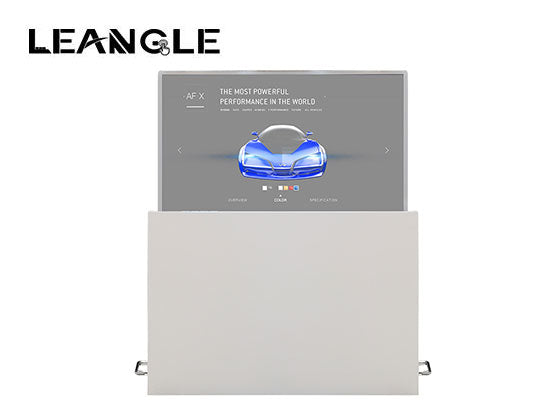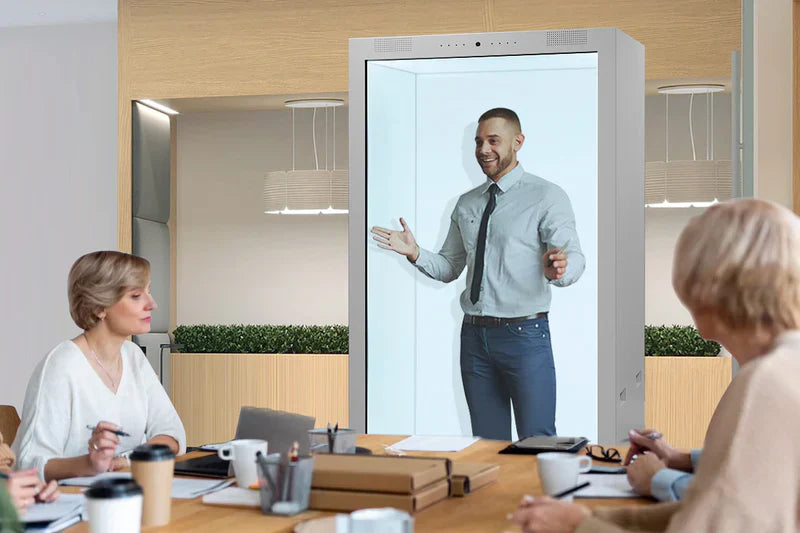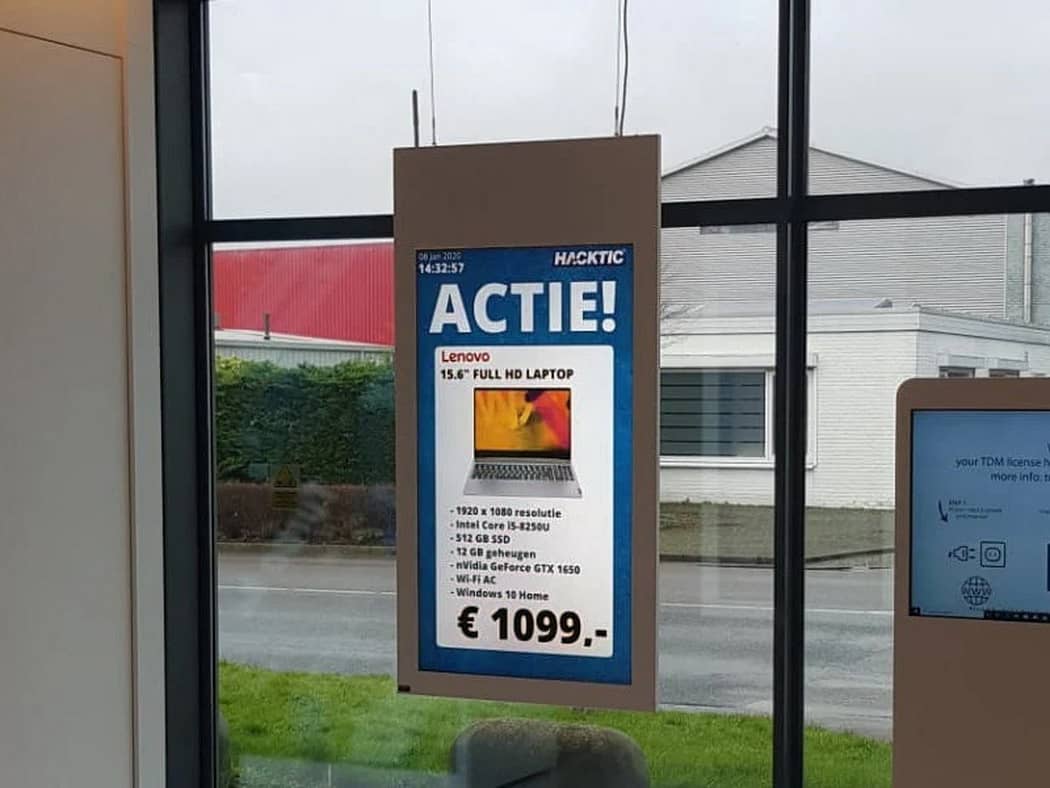Holographic 3D display technology is based on accurately reproducing the wave field emitted by an object or scene under illumination. In theory, this technology should provide the observer with perfect immersion, including all relevant depth cues, a 180-degree viewing angle, and a large depth of field. However, in practical applications, dynamic holographic displays face many limitations, especially in terms of display size and viewing angle, which originate from the limitation of the number of available pixels. To reproduce the fine structure of a hologram on the macroscopic surface of a display requires a large number of pixels.
In recent years, many studies have attempted to solve this problem, including through time multiplexing of partial holograms, rewritable holographic media, time or space multiplexing of light field modulators (SLMs), and directing holographic data to consumers through projection. Eyeballs and other methods. Despite this, there is currently no method that can achieve video-rate holographic data display and simultaneously provide a large viewing angle display effect in traditional screen sizes. Other methods, such as integral imaging or holographic stereograms, although capable of reproducing perspective-dependent visual effects, often suffer from low resolution or limited depth range.
The main issue highlighted is the vast number of pixels needed to accurately reproduce a holographic wavefield, which can be a bottleneck for achieving high-quality, large-scale holographic displays. The passage proposes a solution based on functional pixels, where the wavefield is broken down into local segments that are approximated by polynomials, reducing the need for an extensive pixel matrix.
To break down the key points:
-
Holographic Displays and Pixel Limitations:
- Holograms require a vast number of pixels to recreate fine details and the depth cues that contribute to their realistic appearance. The challenge is that current displays can't handle the complexity of generating dynamic, large-scale, high-resolution holograms in real-time due to these limitations.
-
Approaches to Overcome the Pixel Problem:
- Various strategies have been explored to address these limitations, such as temporal and spatial multiplexing, head-mounted displays, and near-eye approaches, but none have fully succeeded in offering a high-quality, video-rate, large-scale holographic display with a wide viewing angle.
-
Functional Pixels:
- The novel approach proposed in this paper involves functional pixels—these pixels can represent entire wavefields (such as a linear phase distribution) rather than just individual points of light. By using devices like micro mirror arrays (MMAs), which can tilt, tilt, and piston move individual mirrors, the number of pixels required can be drastically reduced while still reproducing the essential holographic data.
-
Polynomial Segmentation of Wavefields:
- Instead of trying to map out the full hologram at the pixel level, the idea is to approximate portions of the wavefield using polynomials. This technique allows for a reduction in the space-bandwidth product (SBP) without significantly compromising the quality of the holographic display.
-
Practical Example and Testing:
- The authors present a method for decomposing the holographic wavefield into plane wave segments and test the reconstruction quality for various levels of segmentation. They also plan to experimentally validate the method using spatial light modulators (SLM), which can modulate phase and allow comparisons between the approximated and true wavefield.
Potential Applications and Challenges:
- Applications: This approach could be particularly useful in areas like immersive 3D displays, augmented reality (AR), and virtual reality (VR), where large, high-quality holograms are crucial.
- Challenges: The method's success will depend on the ability to accurately approximate wavefields while maintaining high visual fidelity. The use of functional pixels requires careful calibration and testing to ensure that the phase modulation does not degrade the quality of the reconstructed holograms.



